What is a Central Vacuum System?
What Is A Central Vacuum System, And How Does It Work?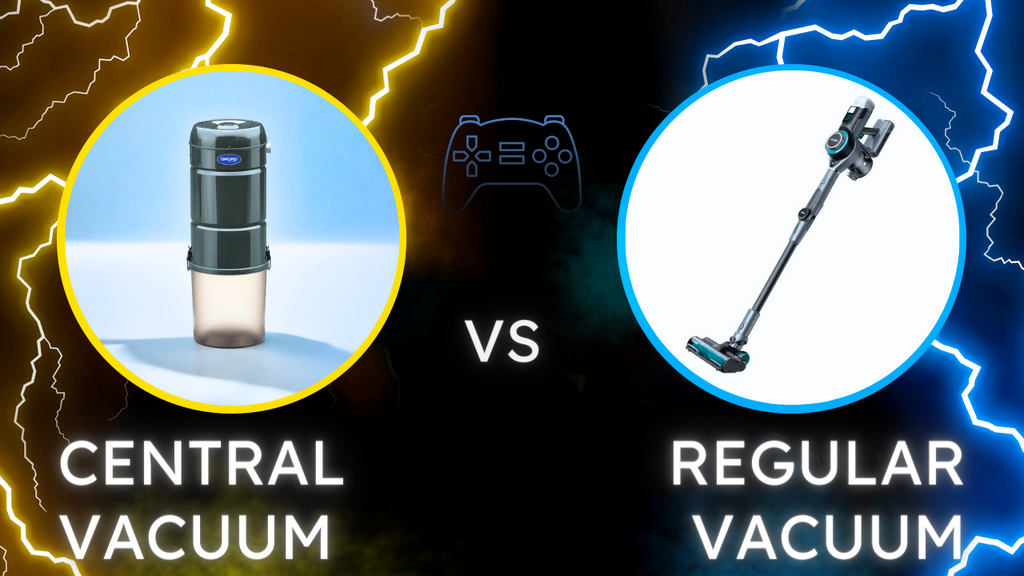
Vacuuming is a crucial task for keeping your home clean, but traditional vacuums might not always meet your needs. Central vacuum systems step in to solve this problem by offering powerful suction, quiet operation, and improved air quality. However, the suitability of these systems for your residence warrants closer examination. Delve into the specifics to determine the ideal match.
What Is a Central Vacuum System?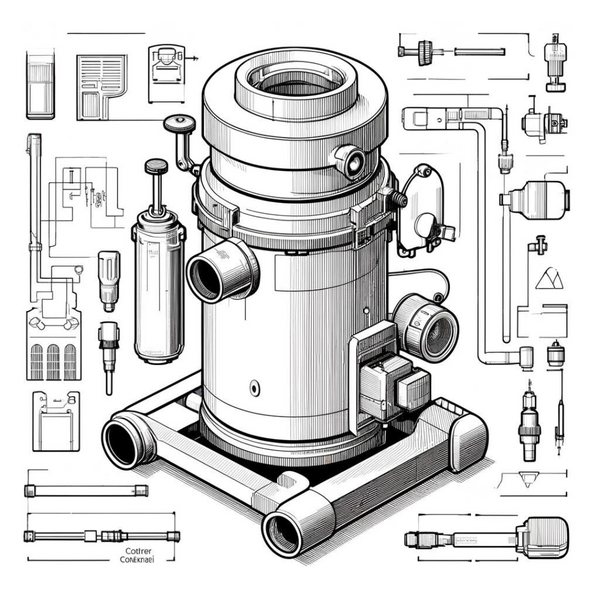
This system, also known as a built-in vacuum or whole-house vacuum, cleans your home by sucking up dirt, dust, and debris. These systems don't require you to move them around like traditional vacuum cleaners. Instead, they have a stationary motor and canister connected by tubing installed within your home's walls. This setup allows you to plug a hose into inlet valves located throughout your house to start vacuuming.
How Do Central Vacuum Systems Work?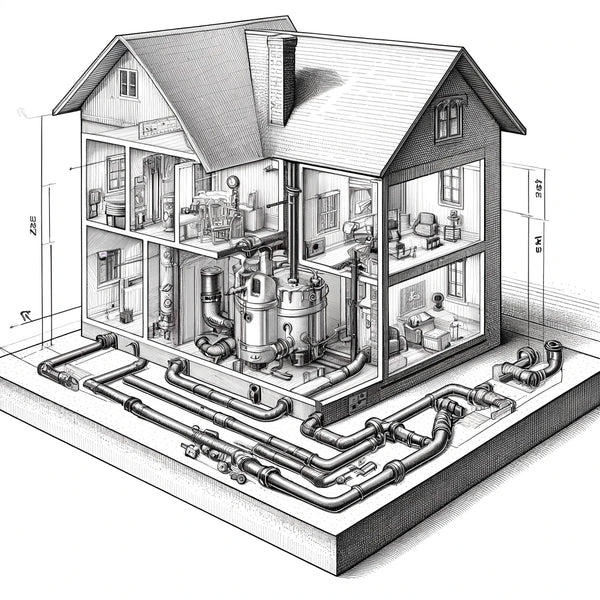
Built-in vacuum system use a strong motor in a faraway place, like a basement or garage, to make suction." This suction pulls dirt and debris through a piping system installed in the walls and into a collection canister.
When you're ready to clean, you simply plug a hose into one of the inlet valves, and the system does the rest. Hoses and attachments help you clean every part of your home easily. When you're finished, you can disconnect the hose and put it away for storage."
Pros and Cons:
Central vacuum systems offer several benefits, such as powerful suction, improved air quality, and quieter operation. However, they also come with some drawbacks, including higher installation costs and the need for regular maintenance. Here's a closer look at the pros and cons:
Pros:
- Powerful Suction: Central vacuum systems offer more suction power than traditional vacuums.
- Better Air Quality: They remove more dust, debris, and allergens from your home, improving air quality.
- Less Noise: Because the motor is located away from living areas, central vacuum systems are quieter.
- Longer Lifespan: With proper maintenance, they can last longer than traditional vacuums.
Cons:
- Higher Installation Costs: Central vacuum systems can be expensive to purchase and install.
- Maintenance Requirements: They require regular maintenance to ensure they continue to function properly.
- Storage Space: The motor and hoses take up more space than traditional vacuums, which can be a challenge in smaller homes.
Types of Systems:
When it comes to central vacuum systems, there are two main types: cyclonic and filtered systems. Cyclonic systems use cyclonic action to separate dust and debris from the air before it enters the motor, while filtered systems use filters to capture dirt and debris. Additionally, there are hybrid systems that combine elements of both types, as well as compact and wet/dry systems designed for specific needs.
Learn More about Central Vacuum Installation 🢂
Installation of Central Vacuum Systems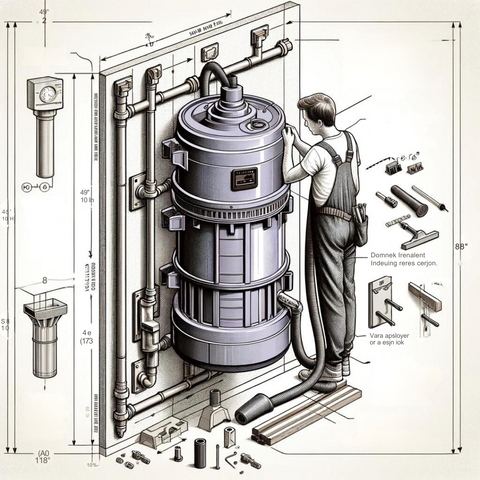
Central Vacuum Installation involves careful planning and significant work. Here are the basic steps:
- Plan and design your system.
- Install piping and inlets in the walls.
- Install the power unit in a dry, ventilated area.
- Connect hoses and attachments.
- Test the system to ensure proper installation and function.
While it is possible to DIY a central vacuum system installation, it is generally not recommended due to the complexity of the process. Hiring a professional installer ensures that the system is installed correctly and safely.
Is a Central Vac System Right for Your Home?
Whether or not a central vacuum system is right for your home depends on several factors, including your flooring type, budget, and space constraints. While central vacuum systems offer many benefits, they may not be the best fit for every household. Consulting with a professional installer can help you determine if this system system is the right choice for your home.
In conclusion, central vacuum systems offer powerful cleaning performance and improved air quality, making them a valuable investment for many homeowners. However, it's essential to weigh the pros and cons and consider your specific needs before making a decision. If you're unsure, don't hesitate to seek advice from a professional installer.
What is The Best Central Vacuum System?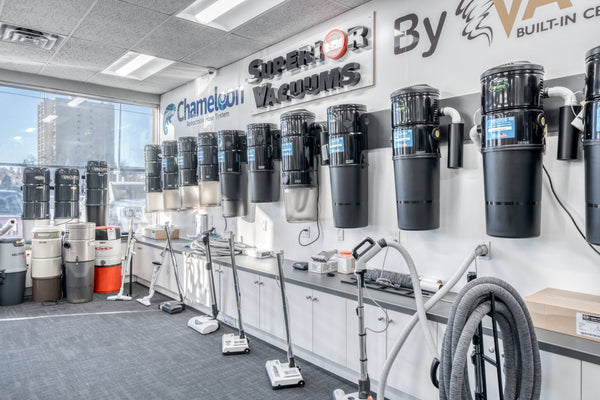
Navigating the world of central vacuum systems can be complex, especially with the recent market shifts. BEAM, historically recognized as the leading brand, has announced its closure, signaling a notable change in the industry landscape. In this new era, brands like Vacuflo and Nilfisk rise to prominence, offering robust units paired with high-quality accessories, including the esteemed SEBO Powerhead. To explore a wider array of superior brands and options tailored to your needs, we invite you to visit our central vacuums Calgary page 🢂.
Leave a comment